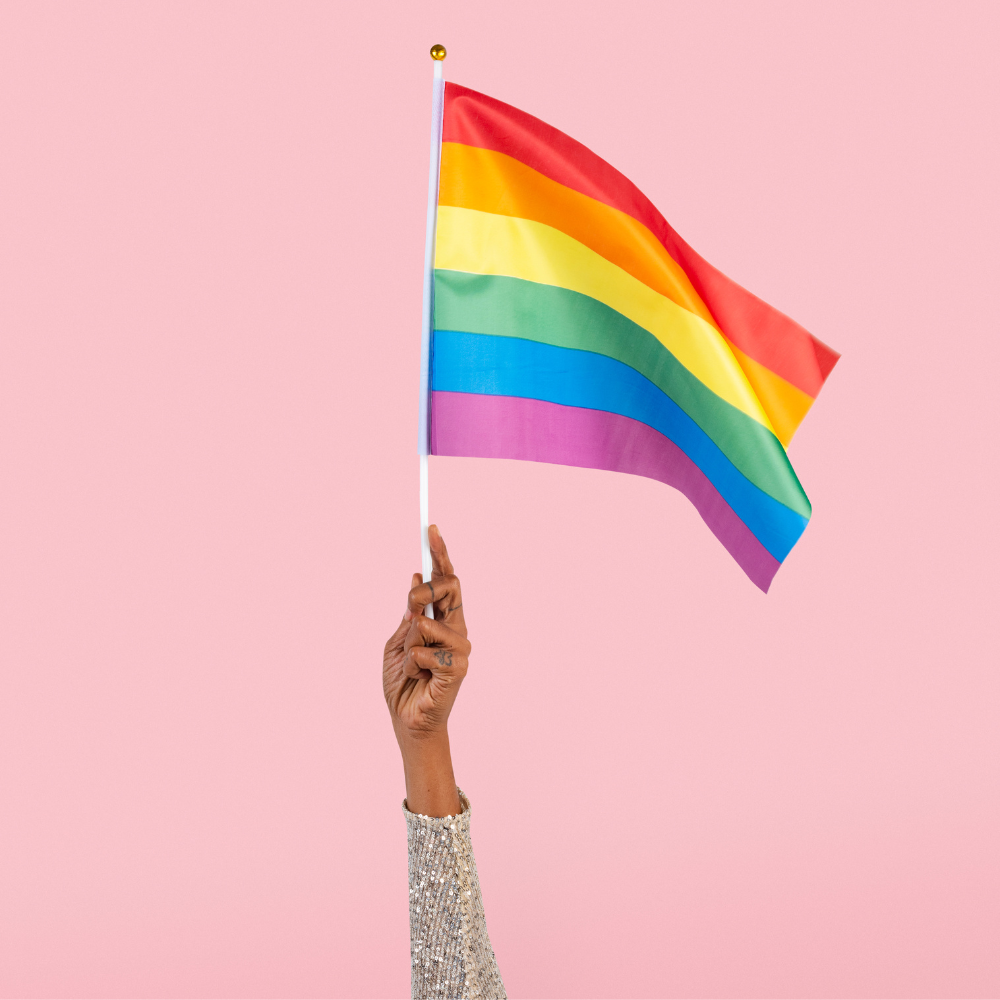When Laurel Hubbard, a weightlifter from New Zealand, made her debut at the 2020 Tokyo Games as the first openly transgender woman to compete at the Olympics, she was met with a range of reactions from the sporting community. This was one of the most controversial aspects of the sport.
After a disappointing performance in Tokyo, during which she was unable to record a valid lift, Hubbard ultimately decided to retire from weightlifting.
A fast forward to the year 2023 reveals that she would be unable to compete in the Olympic Games in Paris the following year as a result of the International Weightlifting Federation’s decision to tighten its eligibility requirements.
With the pendulum swinging back towards stricter restrictions on a contentious topic that has virtually no grey area, there has been a seismic shift in the athletic environment for trans athletes headed into the year 2024. This shift has occurred as the year 2024 approaches.
The World Athletics organisation made the decision in March to prohibit transgender women who had experienced male puberty from participating in top female competitions. Sebastian Coe, the president of the organisation, stated that this decision was based “on the overall imperative to protect the female category.”
After World Aquatics made a decision that was quite similar to this one in 2022, athletics followed suit, and other sporting groups have done the same.
During the month of July, the International Cycling Union (UCI) adopted a policy that prohibited transgender women who have experienced male puberty from participating in the female category of competitive events. The newly renamed “men/open” category is accessible to athletes who do not meet the requirements to compete.
This restriction on trans women was implemented by British Cycling two months prior to the introduction of the new rules by the UCI.
Previously, Welsh cyclist Emily Bridges, French sprinter Halba Diouf, and Hubbard were permitted to compete in the women’s category due to their testosterone levels meeting the necessary criteria.
“We are being harassed; the only protection transgender women have is the freedom to live as they choose,” Diouf told Reuters subsequent to the implementation of stricter regulations by World Athletics.
The participation of trans women, according to anti-trans activists, poses the greatest threat to women’s sports. A significant portion of their ire is directed at prominent athletes like swimmer Lia Thomas, who holds the distinction of being the first openly transgender athlete to secure an NCAA Division 1 national collegiate championship.
Due to the revised regulations of World Aquatics, Thomas, who won the women’s 500-yard freestyle at the 2022 championships, is ineligible to compete in the women’s category at the Paris Olympics.
At the Tokyo Olympics, Canadian football midfielder Quinn, whose case differs from those of Hubbard and Thomas in that she was born female, became the first to openly identify as transgender and non-binary.
Recently retired U.S. women’s football player Megan Rapinoe stated that she would be open to the addition of a transgender player to the team.
Forty professional athletes, including Rapinoe and her partner, retired WNBA star Sue Bird, opposed a federal measure in April that prohibits transgender athletes from participating in women’s and girl’s sports in accordance with Title IX compliance requirements. This legislation was signed by Rapinoe and Bird.
